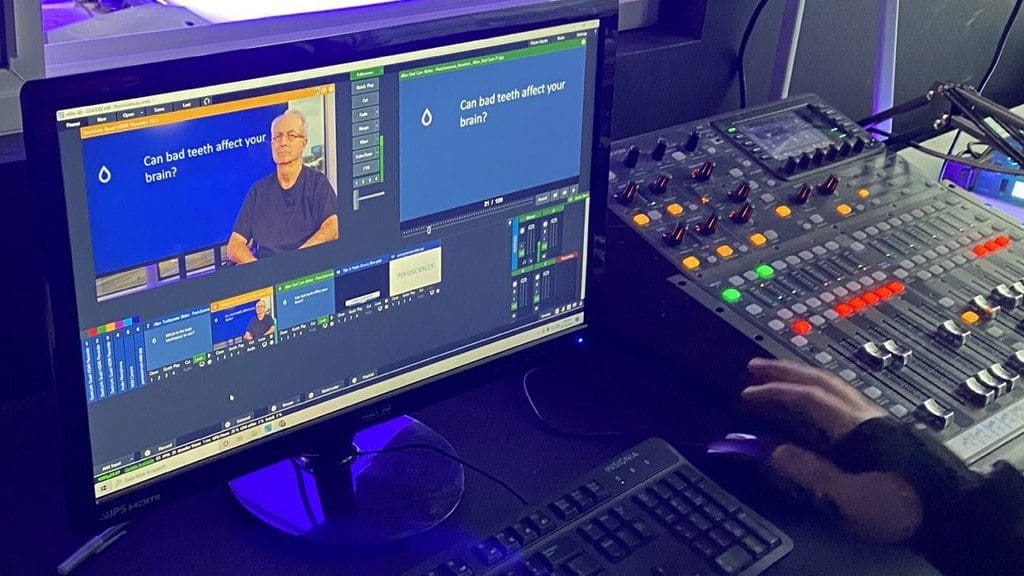Overview
Creating your own podcast can be a rewarding and fulfilling experience, whether you’re looking to share your knowledge and expertise with others, share your story, or just have some fun. Here are the steps you need to follow to create your own podcast:
Choose a topic and format
Before you start creating your podcast, you need to decide on a topic and format. Your topic should be something that you’re passionate about and that will be of interest to your audience. It could be a specific niche, a hobby, or even your profession. The format of your podcast will depend on your topic and goals. Some popular formats include interviews, roundtable discussions, solo shows, and storytelling.
Choose a name and create artwork
Once you have a topic and format, you’ll need to choose a name for your podcast. Your name should be catchy and memorable, and it should reflect the topic and tone of your show. You’ll also need to create artwork for your podcast. This could be a logo or a banner image that will be displayed on your website and on podcasting platforms.
Choose a hosting platform
Next, you’ll need to choose a hosting platform for your podcast. This is where your podcast episodes will be stored and distributed. Some popular hosting platforms include Spreaker, Anchor, Buzzsprout, and Podbean. Most hosting platforms offer a range of plans with different features and pricing, so you can choose the one that best fits your needs and budget.
Record and edit your episodes
Once you have a hosting platform, you can start recording and editing your podcast episodes. For recording, you’ll need a microphone and recording software. You can use a USB microphone and a free software like Audacity, or you can invest in a higher-quality microphone and commercial software like Adobe Audition.
Related: Home Podcast Studio Equipment Guide
To record your episodes, you can either do it alone or with a co-host or guests. If you’re doing an interview, you’ll need to arrange a time with your guest and conduct the interview over the phone or via Skype or Zoom. Once you have your recording, you’ll need to edit it to remove any errors or mistakes. This can be time-consuming, but it’s essential to create a polished and professional-sounding podcast.
Publish and promote your podcast
Once you have recorded and edited your episodes, you can publish them on your hosting platform. Most hosting platforms will automatically distribute your episodes to popular podcasting platforms like Apple Podcasts, Spotify, and Google Podcasts. You can also share your episodes on your website and social media to promote your podcast.
To get more listeners, you can try guest posting on other blogs or websites, participating in podcasting communities and forums, and reaching out to influencers in your niche to ask for their support.
Conclusion
Creating your own podcast can be a fun and rewarding experience. It’s a great way to share your knowledge and expertise, tell your story, and connect with like-minded people. By following the steps outlined above, you can create a professional-sounding podcast that your audience will love!
